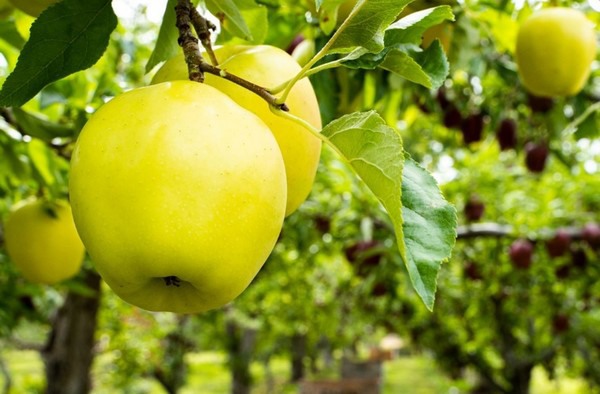As the U.S. dollar continues gaining strength, the question that's emerging is: what does this mean for agriculture imports and exports?
At Paradigm Fresh, it exports and imports onions to and from Canada, and the dollar's strength factors into that exchange. "With the exchange rate going into Canada, when we're selling them a $25 onion, with the current rate, it's a $33 onion. The U.S. dollar and the Canadian dollar have always had that relationship. But it's probably amplified that to some degree because the price has gone up," says Paradigm's John Harris. "However, as Canadian product comes into the U.S., they're essentially getting a premium."
 Tony Martinez says while the strength against the Euro is one area of focus, a more critical consideration should be comparing the U.S. dollar to the Mexican peso, given the fact that U.S consumption of fresh produce from Mexico is increasing annually.
Tony Martinez says while the strength against the Euro is one area of focus, a more critical consideration should be comparing the U.S. dollar to the Mexican peso, given the fact that U.S consumption of fresh produce from Mexico is increasing annually.
And then there's the dollar's standing against the Euro. "Right now, the Euro and the U.S. dollar are pretty even, so a lot of South American growers are thinking about where they're sending their fruit," says Luciano Fiszman of Gourmet Trading Co. In turn, that complicates things. While there's speculation about having more fruit to ship, it also highlights the need for a well-thought-out plan to absorb the increased amount of products. "In a market with an abundance of products, for example, taking chances is not necessarily the best strategy," says Fiszman.
The dollar vs. the peso
However, Tony Martinez of Primo Trading Services LLC says while the strength against the Euro is one area of focus, a more critical consideration should be comparing the U.S. dollar to the Mexican peso.
This is in part due to U.S consumption of fresh produce from Mexico increasing annually. "Year to date, the U.S Dollar (USD) has weakened against the Mexican Peso (MXN) in response to the Central Bank of Mexico matching every interest rate hike the U.S Federal reserve has made. What this means is the MXN Peso has strengthened, and the buying power of importers has weakened in 2022," says Martinez.
 Donna Feltrup says it's too early to see what will happen with exports of fruit yet. The high dollar, high freight, higher FOB, lack of reefer containers, and availability or unavailability of fruit from other countries will all be factored into what can and cannot be shipped offshore.
Donna Feltrup says it's too early to see what will happen with exports of fruit yet. The high dollar, high freight, higher FOB, lack of reefer containers, and availability or unavailability of fruit from other countries will all be factored into what can and cannot be shipped offshore.
"The weakening of the USD vs. the MXN Peso is causing additional headaches for importers, is affecting our buying power and ultimately cutting into the bottom dollar," he adds. "There is no doubt a recession is hitting North America, and it will be interesting to see if Mexico continues following the interest rate hikes to keep up with the United States economy."
But in, say, apple exports, the dollar and its role in exports is still being determined. "It is a bit too early to see what will happen with export," says Donna Feltrup of L&M Companies Inc. "The high dollar, high freight, higher FOB, lack of reefer containers, and availability or unavailability of fruit from other countries will all play into what we can or can't ship. We will just have to see."
For more information:
John Harris
Paradigm Fresh
www.paradigmfresh.com
Luciano Fiszman
Gourmet Trading Co.
www.gourmettrading.net
Tony Martinez
Primo Trading Services LLC
https://www.primotradingservices.com/
Donna Feltrup
L&M Companies Inc.
www.lmcompanies.com
